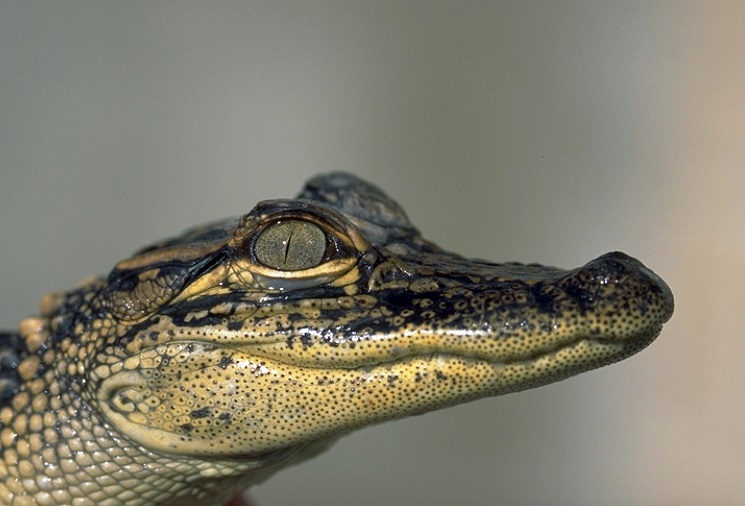Wildlife: Urban Alligators
Monday, May 12th, 2014This is Passport to Texas
The American alligator is a large leathery reptile found in Texas. Once endangered, it has rebounded due to thoughtful conservation and management practices; but not everyone is happy about this.
05— The public generally has this exaggerated fear of alligators.
Cord Eversole is a grad student at A&M Kingsville, and studies alligators as a research assistant with the Caesar Kleberg Wildlife Research Institute. He says reality TV shows sensationalize human/alligator encounters and feed public fear.
14— From that, whenever alligators turn up in residential areas or on the road, or public areas, they’re quick to call parks and Wildlife to try to come and remove these alligators whether the alligators are really posing a threat or not.
The animals travel from one wetland area to another in search of mates and – in the case of young males – territory. Eversole adds, although gators do not generally stay long in residential areas, we’ll likely see them more often.
09— The alligator population is expanding, but the amount of available habitat is decreasing. That’s why it’s becoming more and more of a problem through the years.
If you do find an alligator in your yard, use common sense and keep a safe distance, don’t feed them, but do enjoy them.
04— Enjoy the opportunity to be able to see them up close and in person.
If one becomes a nuisance or a threat, call Texas Parks and Wildlife. The Wildlife and Sport Fish Restoration program supports our series and funds diverse conservation projects throughout Texas. For Texas Parks and Wildlife, I’m Cecilia Nasti.



 Passport to Texas is a
Passport to Texas is a  Passport to Texas is made available by:
Passport to Texas is made available by: